-
 Bitcoin
Bitcoin $118300
-0.58% -
 Ethereum
Ethereum $3825
0.11% -
 XRP
XRP $3.137
-0.71% -
 Tether USDt
Tether USDt $0.9999
-0.01% -
 BNB
BNB $803.9
-3.37% -
 Solana
Solana $181.5
-1.94% -
 USDC
USDC $0.9999
0.01% -
 Dogecoin
Dogecoin $0.2238
-2.51% -
 TRON
TRON $0.3358
2.12% -
 Cardano
Cardano $0.7844
-2.16% -
 Hyperliquid
Hyperliquid $43.31
-1.48% -
 Sui
Sui $3.807
-4.04% -
 Stellar
Stellar $0.4203
-1.96% -
 Chainlink
Chainlink $17.79
-3.00% -
 Bitcoin Cash
Bitcoin Cash $567.8
-1.34% -
 Hedera
Hedera $0.2614
-4.30% -
 Avalanche
Avalanche $24.19
-4.46% -
 Litecoin
Litecoin $109.2
-0.74% -
 UNUS SED LEO
UNUS SED LEO $8.969
-0.01% -
 Toncoin
Toncoin $3.404
3.97% -
 Ethena USDe
Ethena USDe $1.001
-0.01% -
 Shiba Inu
Shiba Inu $0.00001307
-3.19% -
 Uniswap
Uniswap $10.33
-1.23% -
 Polkadot
Polkadot $3.884
-4.06% -
 Monero
Monero $312.9
-1.87% -
 Dai
Dai $1.000
0.01% -
 Bitget Token
Bitget Token $4.537
-2.24% -
 Pepe
Pepe $0.00001156
-3.40% -
 Cronos
Cronos $0.1437
-0.89% -
 Aave
Aave $282.8
-2.77%
What is Lightning Network/Raiden Network/State Channel? Comparison of Bitcoin expansion plans
Lightning Network, Raiden Network, and State Channels are key scalability solutions for Bitcoin and Ethereum, enabling faster, cheaper off-chain transactions.
Jun 01, 2025 at 11:18 am
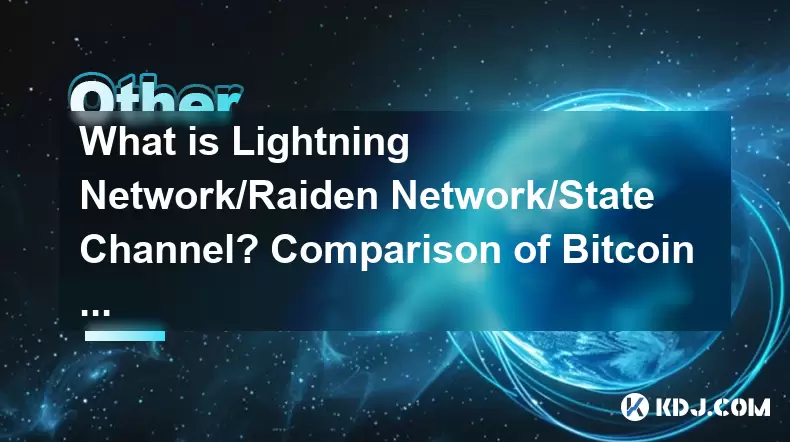
The concepts of Lightning Network, Raiden Network, and State Channels represent some of the most promising scalability solutions within the cryptocurrency ecosystem. These technologies aim to address the limitations of blockchain networks like Bitcoin and Ethereum by enabling faster and cheaper transactions. In this article, we will delve into the details of each technology, compare them, and explore how they fit into broader Bitcoin expansion plans.
What is Lightning Network?
The Lightning Network is a second-layer scaling solution built on top of the Bitcoin blockchain. It was proposed to enable instant, high-volume transactions with minimal fees. The core idea behind the Lightning Network is to move small and frequent transactions off the main blockchain, thereby reducing congestion and speeding up processing times.
In the Lightning Network, users create payment channels between each other. These channels allow multiple transactions to occur off-chain, with only the final state being settled on the Bitcoin blockchain. This approach significantly reduces the load on the blockchain and makes transactions nearly instantaneous.
To use the Lightning Network, users must follow these steps:
- Open a Payment Channel: Users open a payment channel by creating a multi-signature wallet with the party they wish to transact with. This involves locking a certain amount of Bitcoin into the channel.
- Conduct Transactions: Once the channel is open, users can send and receive payments instantly and with low fees. These transactions are recorded in the channel but not on the blockchain.
- Close the Channel: When users are done transacting, they can close the channel. The final state of the channel is then broadcast to the Bitcoin blockchain, and the Bitcoin is distributed according to the final balance.
What is Raiden Network?
The Raiden Network is similar to the Lightning Network but is designed for the Ethereum blockchain. It aims to achieve the same goal of enabling fast, low-cost transactions off the main blockchain. Raiden Network uses smart contracts to create payment channels that allow for the transfer of Ether (ETH) and other ERC-20 tokens.
The setup and operation of the Raiden Network are similar to the Lightning Network:
- Open a Payment Channel: Users create a smart contract to open a payment channel, locking in a certain amount of ETH or tokens.
- Conduct Transactions: Transactions within the channel are instant and nearly free, with the state being updated off-chain.
- Close the Channel: The channel is closed by settling the final state on the Ethereum blockchain, and the funds are distributed accordingly.
What are State Channels?
State Channels are a more generalized concept that encompasses technologies like the Lightning and Raiden Networks. They are off-chain transaction mechanisms that can be applied to any blockchain that supports smart contracts. State Channels allow multiple participants to interact and update the state of their transactions off-chain, with only the initial and final states being recorded on the blockchain.
The process of using State Channels involves:
- Setting Up the Channel: Participants agree to set up a channel, which involves creating a smart contract that locks in funds or other assets.
- Off-Chain Interactions: Participants can interact and update the state of the channel as many times as needed without involving the blockchain.
- Settling the Channel: Once participants are done, the final state is settled on the blockchain, and the assets are distributed based on the final state.
Comparison of Lightning Network, Raiden Network, and State Channels
While the Lightning Network and Raiden Network are specific implementations of State Channels, they have some differences:
- Blockchain Compatibility: The Lightning Network is designed for Bitcoin, while the Raiden Network is designed for Ethereum. State Channels, on the other hand, can be implemented on any blockchain that supports smart contracts.
- Asset Types: The Lightning Network primarily deals with Bitcoin, while the Raiden Network can handle ETH and ERC-20 tokens. State Channels can theoretically support any type of asset that the underlying blockchain supports.
- Implementation Complexity: The Lightning Network and Raiden Network require specific protocols and implementations, whereas State Channels are a more abstract concept that can be implemented in various ways depending on the blockchain.
Bitcoin Expansion Plans and Scalability Solutions
Bitcoin's scalability issues have been a topic of much debate and research. The Lightning Network is one of the most prominent solutions proposed to address these issues. By enabling off-chain transactions, the Lightning Network can significantly increase Bitcoin's transaction capacity without altering its core protocol.
Other Bitcoin expansion plans include:
- Segregated Witness (SegWit): This protocol upgrade separates the signature data from the transaction data, increasing the effective block size and allowing more transactions per block.
- Block Size Increase: Proposals to increase the block size, such as Bitcoin Cash, aim to increase the number of transactions that can be processed per block.
- Sidechains: These are separate blockchains that are pegged to the Bitcoin blockchain, allowing for more flexible and scalable solutions.
The Lightning Network is often seen as complementary to these other solutions. While SegWit and block size increases can help improve on-chain scalability, the Lightning Network addresses off-chain scalability, providing a comprehensive approach to Bitcoin's expansion.
Frequently Asked Questions
Q: Can the Lightning Network be used for transactions other than Bitcoin?
A: The Lightning Network is specifically designed for Bitcoin, but similar technologies like the Raiden Network exist for Ethereum. Additionally, there are efforts to develop Lightning-like networks for other cryptocurrencies, but they are not as widely adopted as the Bitcoin Lightning Network.
Q: Are there any security concerns with using the Lightning Network?
A: While the Lightning Network is designed to be secure, there are potential risks such as channel theft and routing attacks. Users must ensure they are using trusted software and following best practices to mitigate these risks.
Q: How does the Lightning Network affect the decentralization of Bitcoin?
A: The Lightning Network can potentially centralize certain aspects of Bitcoin, such as routing and liquidity provision. However, efforts are being made to ensure that the network remains as decentralized as possible, with multiple nodes and paths for transactions.
Q: Can State Channels be used for applications other than payments?
A: Yes, State Channels can be used for various applications beyond payments, such as gaming, decentralized exchanges, and other interactive applications that require frequent state updates.
Disclaimer:info@kdj.com
The information provided is not trading advice. kdj.com does not assume any responsibility for any investments made based on the information provided in this article. Cryptocurrencies are highly volatile and it is highly recommended that you invest with caution after thorough research!
If you believe that the content used on this website infringes your copyright, please contact us immediately (info@kdj.com) and we will delete it promptly.
- Dalio's Take: Balancing Bitcoin, Gold, and the Debt Doom Loop
- 2025-07-31 00:51:15
- Ethereum's Epic Rally: A Decade of Decentralization and a Celebration in NFTs
- 2025-07-31 01:11:05
- XRP Price, Altcoins, and the 50x Potential: What's the Buzz?
- 2025-07-31 01:15:14
- BlockchainFX ($BFX): Is This Altcoin the Best Crypto Presale of 2025?
- 2025-07-31 01:21:27
- PENGU Price Plunge? Binance Transfers and Token Transfer Trends
- 2025-07-30 23:10:15
- Navigating Crypto Investment: Bitcoin Mining and the Rise of Cloud Mining in the Big Apple
- 2025-07-30 22:31:15
Related knowledge
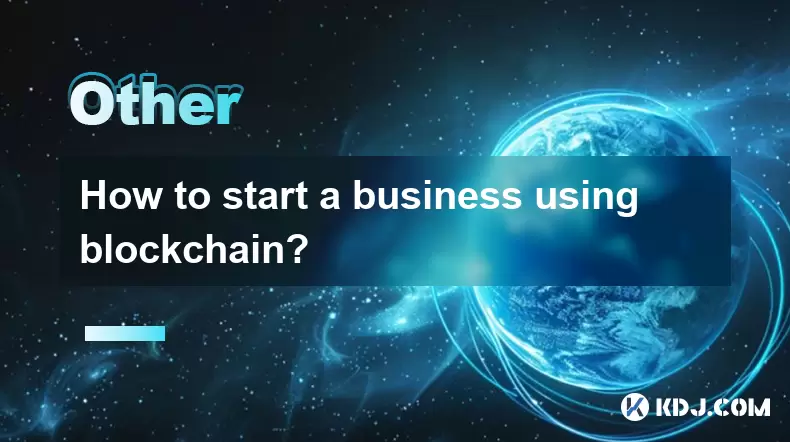
How to start a business using blockchain?
Jul 28,2025 at 12:36am
Understanding the Basics of Blockchain TechnologyBefore diving into the process of starting a business using blockchain, it's crucial to understand wh...

What is a token on the blockchain?
Jul 21,2025 at 07:00am
Understanding the Concept of a TokenIn the realm of blockchain technology, a token is a digital representation of an asset or utility that exists on a...
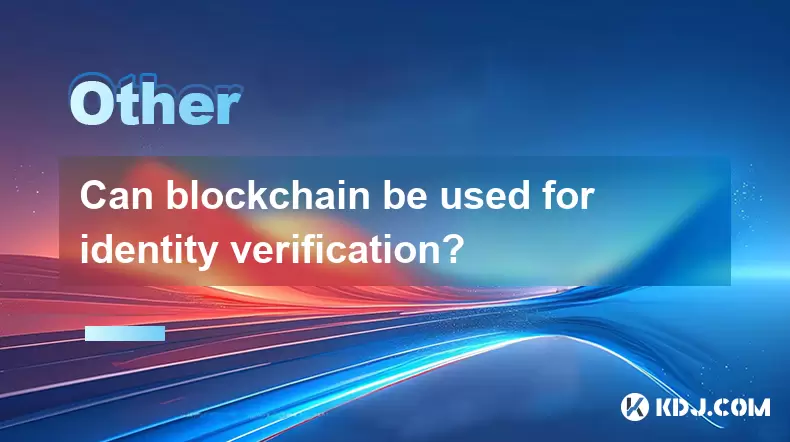
Can blockchain be used for identity verification?
Jul 18,2025 at 02:14pm
Understanding Identity Verification in the Digital AgeIn the modern digital landscape, identity verification has become a critical component for ensur...

What is a consensus mechanism in blockchain?
Jul 21,2025 at 03:01am
Understanding the Basics of Consensus MechanismsA consensus mechanism is a critical component of any blockchain network. It refers to the process by w...
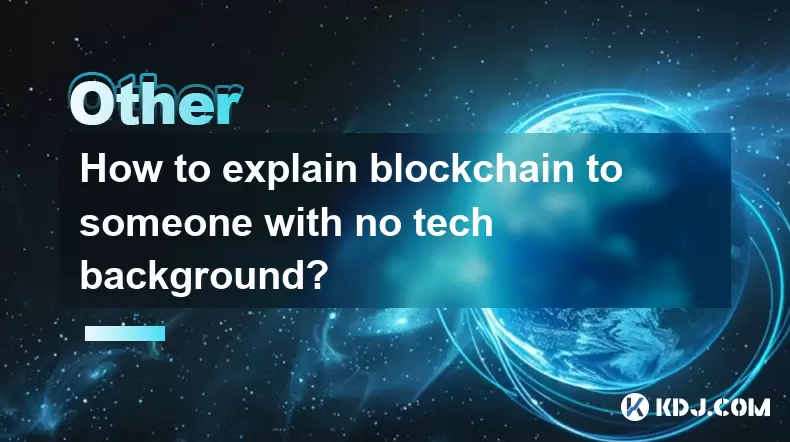
How to explain blockchain to someone with no tech background?
Jul 18,2025 at 11:08pm
Understanding the Basics of BlockchainTo explain blockchain to someone with no tech background, it's essential to start with simple analogies and avoi...
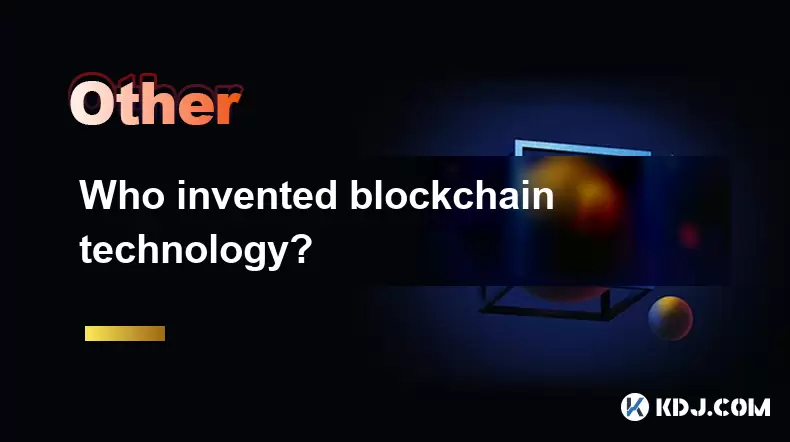
Who invented blockchain technology?
Jul 23,2025 at 01:28am
Origins of Blockchain TechnologyBlockchain technology did not emerge from a single inventor or institution. Instead, it evolved through a series of ac...

How to start a business using blockchain?
Jul 28,2025 at 12:36am
Understanding the Basics of Blockchain TechnologyBefore diving into the process of starting a business using blockchain, it's crucial to understand wh...

What is a token on the blockchain?
Jul 21,2025 at 07:00am
Understanding the Concept of a TokenIn the realm of blockchain technology, a token is a digital representation of an asset or utility that exists on a...

Can blockchain be used for identity verification?
Jul 18,2025 at 02:14pm
Understanding Identity Verification in the Digital AgeIn the modern digital landscape, identity verification has become a critical component for ensur...

What is a consensus mechanism in blockchain?
Jul 21,2025 at 03:01am
Understanding the Basics of Consensus MechanismsA consensus mechanism is a critical component of any blockchain network. It refers to the process by w...

How to explain blockchain to someone with no tech background?
Jul 18,2025 at 11:08pm
Understanding the Basics of BlockchainTo explain blockchain to someone with no tech background, it's essential to start with simple analogies and avoi...

Who invented blockchain technology?
Jul 23,2025 at 01:28am
Origins of Blockchain TechnologyBlockchain technology did not emerge from a single inventor or institution. Instead, it evolved through a series of ac...
See all articles

























































































